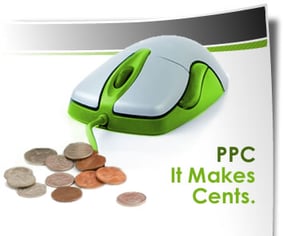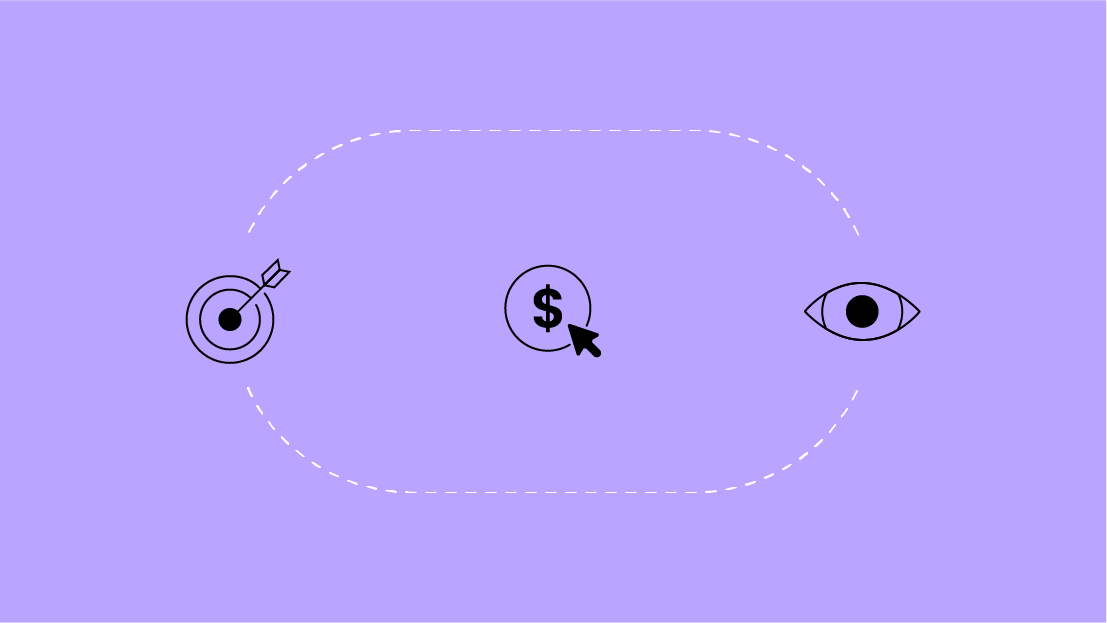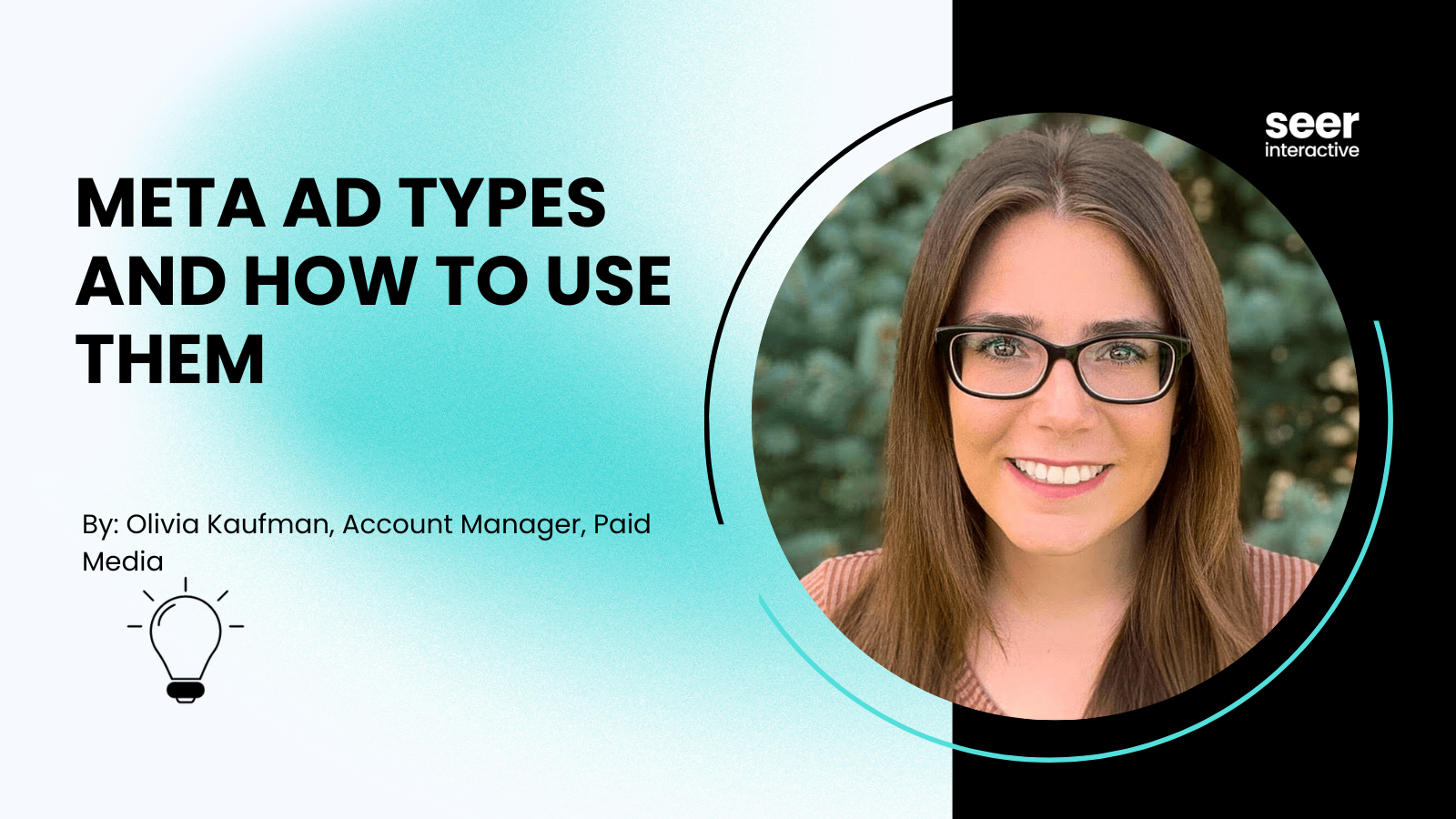Making the leap from traditional media to PPC is little like moving from your hometown to a new city. All your life you’ve been in one place, and you know it well. You never had to think twice about where to go and how to operate. Now in this new city, you have to get used to a new norm. You know the basic things, but the little nuances are something you will have to figure out. So if you are making that switch (or you need to explain it to someone else) here are three quick concepts to grasp when translating your traditional knowledge into PPC expertise.
- Say Goodbye Rating Points. The basic goal for most traditional media buys is to get your advertising on the highest rated Arbitron/Neilson channel or station in the highest possible ranked DMA for the lowest CPM. Part of this is for branding, you want as many people as possible exposed to your product (hence CPM’s instead of CPA.) These rankings/numbers don’t mean quite the same thing in their PPC counterpoints however. Impressions and Clicks measurements matter, but generally only to the extent that they mean there is volume around your term. To break it down further there may be a term that gets tons of volume, let’s say “insurance.” Chances are however you aren’t going to bid on that super high volume term because your CPA will likely be extremely high. In the PPC world you aren’t purchasing based on eyeballs you are focusing on conversions.
- Targeting Occurs, (but not the way you are used to it.) Media agencies spend tons on various services; Claritas, TNS, Strata’s etc. to find out who they plan to target. “What is the demo?” is a phrase engrained in pretty much any type of traditional media buy. When you move to PPC however you have to let go of that concept. While you should have an idea of who to target, you definitely shouldn’t (and in some ways can’t completely) segment people into who should or shouldn’t be searching your term. I would argue that more so than any other media PPC consumers find you. It doesn’t really matter if they are 18 or 45 in New York or Quad Cities if they give you a qualified conversion, then you are on the right track when it comes to PPC.
- Think of creative differently. I don’t want to make the point that creative isn’t tricky no matter how you are advertising. It is a very nuanced part of marketing and it always will be. Most non-brand advertising is tracked, using unique phone numbers in a newspaper FSI, or promo codes in a radio ad is nothing new. But in both those examples there is a cost involved with those creative, effectively shortening either the amount of time it takes to find out statistical significance of one or another ads, and limiting the number of creative variations you can try. The branding creative process tends to be long and drawn out and discovering ROI usually comes when ratings posts are done or sales revenues have come in. What makes PPC so interesting is the speed at which you get your quantitative information and how quickly (compared to most media) you can implement changes. Depending on the volume around your term, you could gain insights about your creative, you could make a change while the campaign is live, instead of waiting until it is done for results.
Making that mental switch from traditional advertising to PPC understanding as complicated as it may seem, with a little patience you’ll understand the nuances and be ready to roll.


